A New Europe at Brighton Photo Biennial
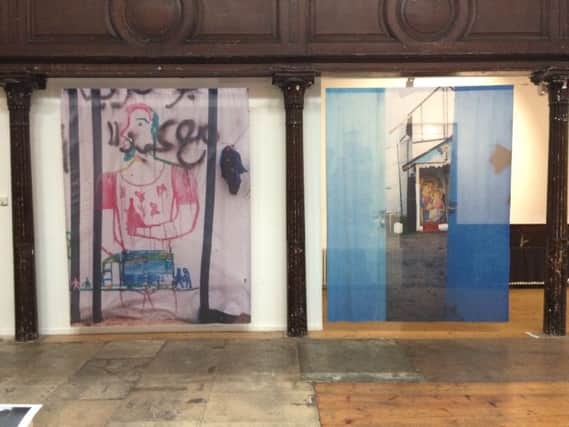

Yet in this time of marked uncertainty, the outcome of the EU referendum confronting us with the prospect that our little island nation no longer commands the sea like it once did, Thomson’s patriotic verse suddenly rings quite hollow.
It’s a thought that weighs heavily on the mind while walking around the various installations that comprise the 2018 Brighton Photo Biennial.
Advertisement
Hide AdAdvertisement
Hide AdEntitled A New Europe, the collective theme of this year’s biennial examines how our sense of place, and in turn our sense of identity has changed since Britain voted to shun the European idea in 2016.
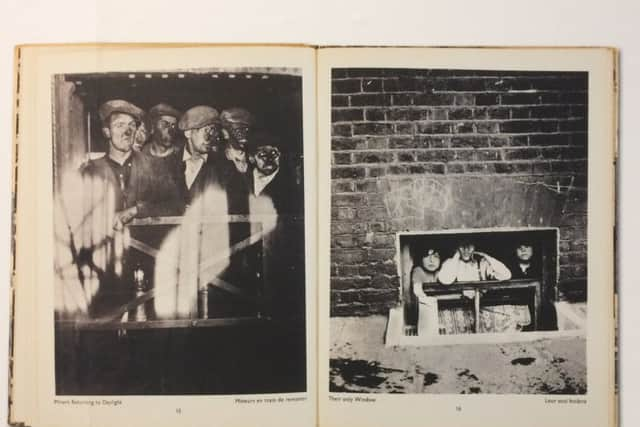

In times of crisis we often see people brought closer together, but as a nation it looks as if we’re drifting further apart.
The eight exhibitions available here may distinctively differ in form – and indeed, quality – but all are interconnected by a singular resolve to try and understand what has come before, so that we may have more control over what lies ahead.
A carefully-curated selection of stills from Bill Brandt’s 1930s photo book The English at Home (on display at the University of Brighton Galleries, Edwards Street) neatly explores the country’s distant past with candid authority.
Advertisement
Hide AdAdvertisement
Hide AdPortraits of gentlemen in top hats and ladies golfing contrast with images of coal-covered miners and dishevelled children crammed into a basement bedsit.
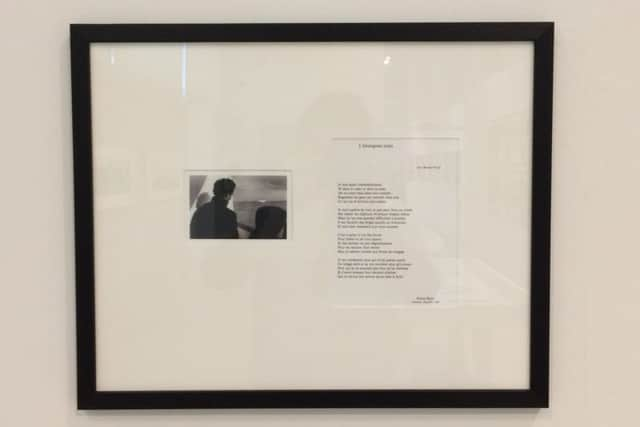

The severe differences between the upper and lower classes that once defined our nation starkly underpinned by the warnings from some that we may be heading back towards an era analogous with that period.
Diverging attitudes towards immigration, of course, are prevalent throughout the art exhibited.
A stunning collection of photos documenting the building of the Channel Tunnel (on display at the University of Brighton Galleries, Grand Parade) includes a still of a man travelling across the sea by ferry that’s attached to a copy of Michel Butor’s poem The Sad Immigrant; a solemn accentuation of both the hope and hopelessness felt by so many forced to abandon their livelihoods and rebuild them abroad.
Advertisement
Hide AdAdvertisement
Hide AdThe focus of this year’s Biennial may rest predominately on those who are native to Britain, but the voices of the many who have come to settle here also resonate with a piercing emotional complexity.
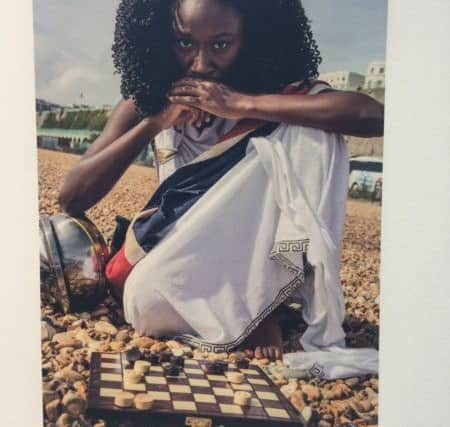

Hrair Sarkissian’s heart-rending installation Homesick (on display at 23 Dukes Lane) sees the artist confronting his own personal fears by destroying an architectural model of the apartment block in Damascus where his parents still live.
While Harley Weir’s Homes (on display at Fabrica) poignantly observes the lives of those who occupied the Calais Jungle – forgoing snaps of the camp’s inhabitants in favour of more prosaic images of the constructed domesticity they forged for themselves while living there.
Some of the work, inevitably, does fail to connect.
Émeric Lhuisset’s L’Autre Rive and Tereza Červeňová’s June (both on display at the University of Brighton Galleries, Edwards Street) both notably struggle to make an impression with their fragmented rendering of European migration, and the mood of Britain in the weeks leading up to the referendum vote.
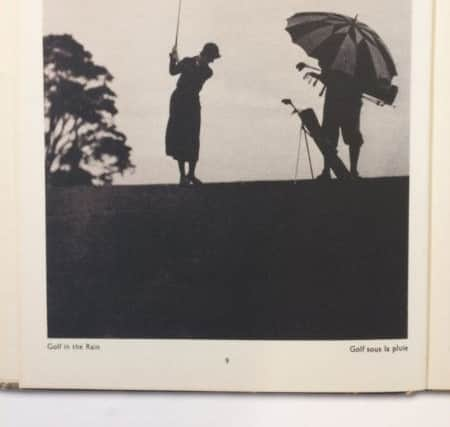

Advertisement
Hide AdAdvertisement
Hide AdThis year’s booby prize, however, belongs to Heather Agyepong, whose Habitus: Potential Realities (on display at Jubilee Library) presents a pretentious series of staged self-portraits supplemented by embarrassingly chichi captions.
Described as “exploring the potentiality of British values in a new Europe,” the whole exhibition has an ugly, dismissive quality to it.
Rather than confronting the socio-political stigmas that persuaded over 17 million voters to embrace a nationalist agenda that she doesn’t agree with, the artist appears more interested in self-indulgently projecting her own intellectual ideals
The previous Brighton Biennial explored how the role of photography informed our understanding of both identity and representation.
Advertisement
Hide AdAdvertisement
Hide AdThis year Robin Maddock carries that concept forward with his hauntingly reflective portrait of British national identity, Nothing We Can’t Fix By Running Away (on display at 29 Sydney Street). Consisting primarily of pictures taken in the two years since the Brexit vote – and complemented by older material from Maddock’s archive – the exhibition offers a profoundly honest meditation on a deeply divided country.
Celebratory street parties and vibrant disco dancing is juxtaposed next to protesters demanding the release of Tommy Robinson, and an arresting collage of faceless EDL supporters protesting the freedoms of others.
Hidden away in a downstairs corner, an A4 printout compares a nondescript British high street scene before and after the referendum result; tellingly, the image itself doesn’t change.
Recurring throughout the biennial, we glimpse images of the English Channel – the natural border between us and the rest of Europe that suddenly seems more like a barrier.
Advertisement
Hide AdAdvertisement
Hide AdNot only does Britain no longer rule the waves, it appears unable to comprehend its own destiny.
It’s as if we’re a nation lost at sea, drifting into the unknown and incapable of controlling the course.